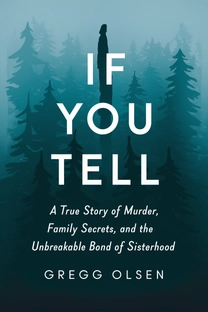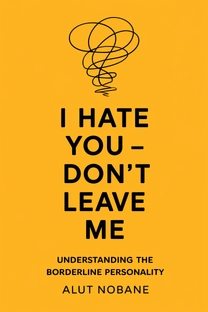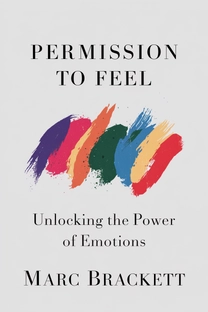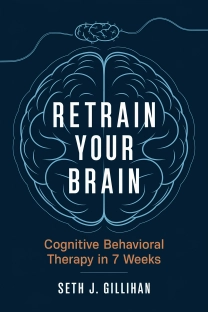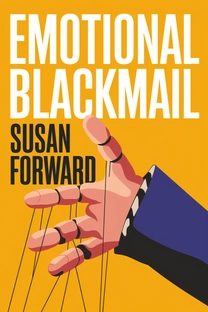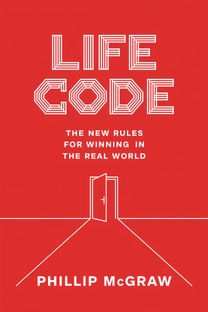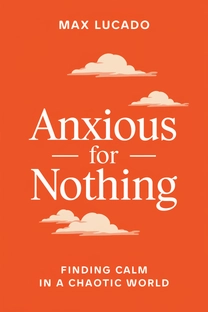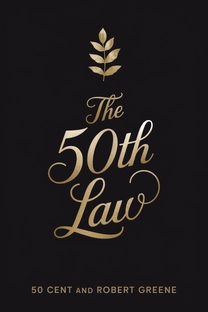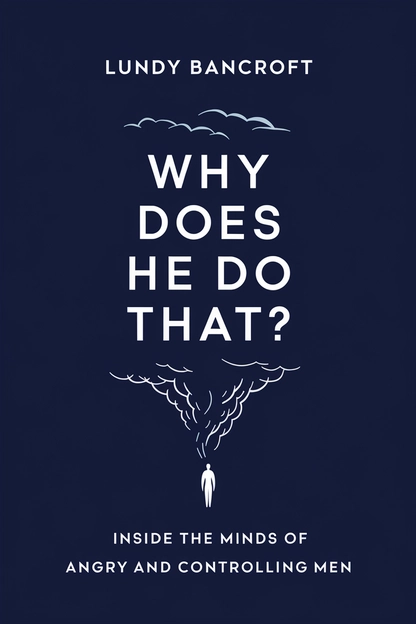
Why Does He Do That?
Inside the Minds of Angry and Controlling Men
by Lundy Bancroft
Brief overview
This book takes an in-depth look at the thinking and behaviors of men who exhibit anger and control in their relationships. It explores why they act the way they do, how they rationalize harmful behaviors, and what emotional and psychological factors keep these patterns going. By understanding these dynamics, readers can recognize abusive conduct more quickly and learn strategies to protect themselves and others.
Introduction
Abuse is never just about sporadic outbursts of anger. It can manifest in subtle ways, such as manipulation or controlling behaviors, and it profoundly affects a partner’s emotions and sense of self. This book dispels myths and provides an honest examination of how anger and control unfold in male partners.
Many women describe feeling as if they’re living with two different people—sweet and caring one moment, then blaming or harsh the next. Such behavior leaves them confused and convinced the problem might lie within themselves. Once you grasp the nature of abusive thinking, though, the confusion can start to lift.
You’ll also see how societal factors—like longstanding cultural beliefs or sexist attitudes—encourage some men to dominate women. Understanding these forces helps you see that abuse doesn’t occur in isolation; it’s supported by broader patterns and systems.
Ultimately, the goal is to recognize controlling attitudes for what they are, challenge them, and take steps to restore autonomy and safety. Through real-life examples and guidance, this book offers insight into how abusers operate and what can be done to confront or leave these situations.
The Roots of Abuse
Abuse typically arises out of a sense of entitlement—a mindset where a man believes he’s owed obedience, respect, or constant emotional attentiveness. This attitude can be shaped by cultural messages that encourage men to view women as subservient or less capable.
Sometimes people assume an abusive man must have been severely mistreated as a child or suffers from mental illness. While certain backgrounds may intensify abusive behaviors, the underlying problem is a learned belief system: thinking it’s acceptable to control or demean a partner to maintain power.
A man might claim his rage is triggered by stress, jealousy, or alcohol. But these factors don’t cause the abuse. Instead, they often serve as convenient excuses that distract from the real issue—his ongoing choice to dominate. He may be charming in public, using that warmth to keep others oblivious.
Recognizing that abuse is linked to a sense of ownership and entitlement can be a turning point. It reframes the behavior from a passing reaction or a psychological quirk into a deliberate pattern supported by beliefs about male privilege.
What is Why Does He Do That? about?
“Why Does He Do That? Inside the Minds of Angry and Controlling Men” provides an illuminating look at the thoughts and motives that drive men to behave abusively. Lundy Bancroft uses real examples and clear explanations to show that such actions stem from patterns of entitlement, manipulation, and a desire to dominate—rather than isolated lapses of temper. By outlining these recurring traits, the book helps readers recognize abuse and face it with greater clarity.
In addition to spotlighting familiar misconceptions about abusive behavior, this book clarifies how deeply ingrained mindsets encourage anger or control. Bancroft demonstrates that many outbursts have a calculated purpose: to reinforce power over a partner. This practical insight can give survivors, loved ones, or concerned friends the understanding they need to break free from confusion, plan for safety, and find healthier ways forward.
Review of Why Does He Do That?
A standout element of this book is its straightforward analysis of abusive intentions: Bancroft intentionally shows how abusers justify their behavior, allowing readers to see common warning signs before it’s too late. His examples illustrate the journey from minor slights to overt control, so readers gain a deeper grasp of how ordinary complaints escalate into more dangerous patterns. This knowledge empowers anyone who might feel alone or uncertain about what’s happening in their relationship.
The writing style strikes a balance between professional detail and everyday language, making these concepts approachable for a range of readers. The author doesn’t sugarcoat the realities of mental or physical mistreatment, but he does outline viable steps for boundaries, preparation, or exit strategies. If you’re ready to understand the mechanisms behind an abuser’s mindset, this book offers concrete guidance and a reasoned perspective, making it a strong recommendation for those seeking deeper awareness.
Who should read Why Does He Do That? ?
- Partners or spouses questioning if they’re in a controlling relationship
- Counselors and mental health professionals aiming to better address abusive behaviors
- Social service providers working with survivors of domestic violence
- Concerned friends or relatives wanting to recognize warning signs
- Professors and students studying relationship dynamics or gender issues
About the author
Book summaries like Why Does He Do That?
Why readers love Mindleap
10-Minute Book Insights
Get the core ideas from the world's best books in just 10 minutes of reading or listening.
Curated For You
Discover your next favorite book with personalized recommendations based on your interests.
AI Book ExpertNew
Chat with our AI to help find the best book for you and your goals.
Reviews of MindLeap
Love how I can get the key ideas from books in just 15 minutes! Perfect for my busy schedule and helps me decide which books to read in full.
Alex R.
The summaries are incredibly well-written and the audio feature is perfect for my commute. Such a time-saver!
Jessica M.
Great app for personal growth. The insights are clear and actionable, and I love how they capture the essence of each book.
Chris P.
The app is beautifully designed and the summaries are top-notch. Definitely worth every penny!
Sarah K.


